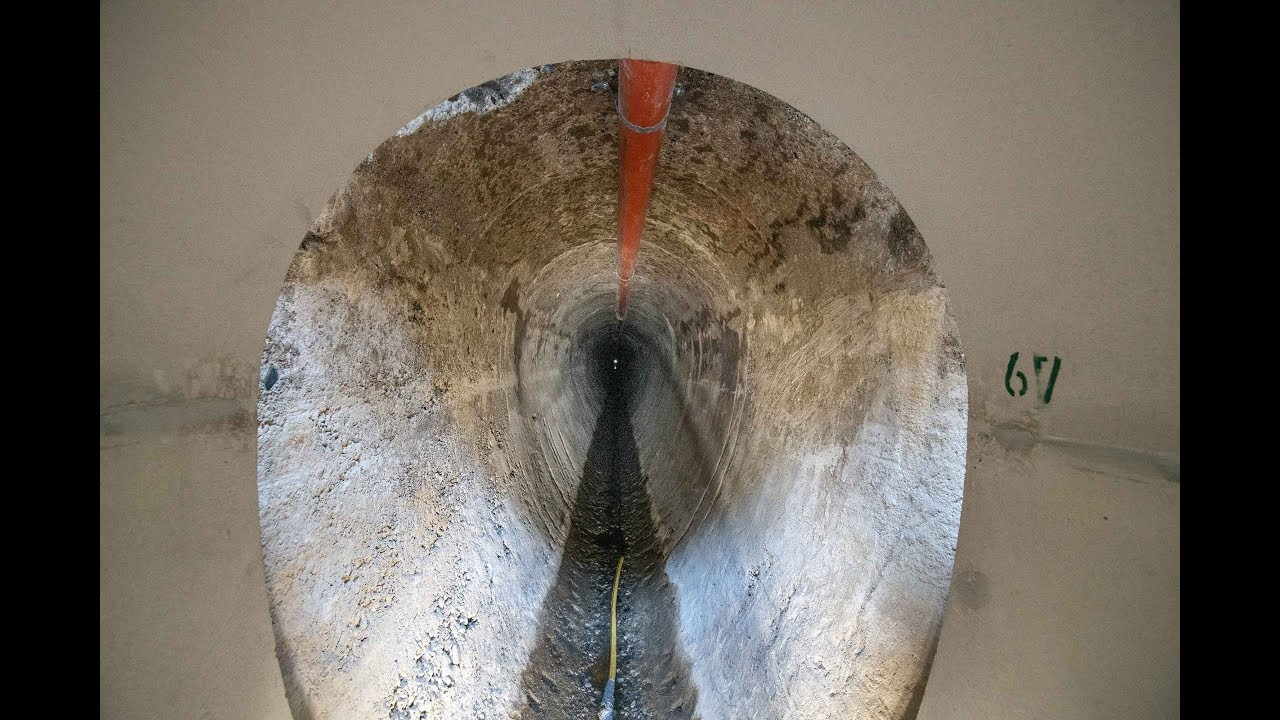Sewer refurbishment using short pipe relining
March 14, 2019 | Markus Lackner
Graz, population 300,000, is Austria’s second largest city. A city this size needs its infrastructure. This includes an intact sewer network. So that this remains the case also in the future, work is ongoing at present to refurbish the sewer in the Kossgasse - over 100 years of use has resulted in defects such as cracks and leaks caused by age. The client for this refurbishment is the Graz City Water Utility (Holding Graz Wasserwirtschaft). The project’s planner is Zivilingenieurbüro Lugitsch und Partner who were also responsible for putting the job out to tender.
“The sewer is about eight metres deep and had to be refurbished along a length of about 600 metres”, explained departmental manager Michael Walzel. As a certified sewer refurbishment consultant, Walzel is also aware that because of the great depth of the sewer, excavation for the replacement of the sewer would have been associated with huge costs. In addition, traffic would have had to be diverted for a long period because of the excavations. Residents and businesses along the street would also have been forced to put up with to enormous dust and noise emissions.
Low-cost sewer refurbishment
What is called “short pipe relining” was found to be the solution. “What this process does is, we might say, is to construct a new sewer inside the old one” explained Walzel, and added that this method of refurbishment involving very little excavation creates the same serviceable life as the construction of a new sewer. Short pipes, a quality product “made in Austria” by Duroton Polyquarz in Leopoldsdorf was used for the refurbishment. These egg-shaped pipes are made from polymer concrete and are only marginally smaller than the old sewer. “The result is that the reduction of the cross section is as small as possible and the flow volume is maintained at almost the same level” stated Walzel. The pipes were lowered into the sewer down an access shaft, after which they were pulled into the old sewer on special skids using a cable winch. Pipes discharging into the sewer were immediately connected with the new profile. “The last process was to infill the circular gap between the old and the new sewer in order to ensure the long-term positional stability of the new sewer”, Walzel explained. A special high-strength cement with good flow characteristics was used for this purpose.
The greatly reduced need for excavations during the refurbishment meant that it was possible to reduce the construction period by a significant margin. A further point was that this also meant that the restrictions placed on traffic as well as residents and businesses located along the street were reduced to a minimum.









